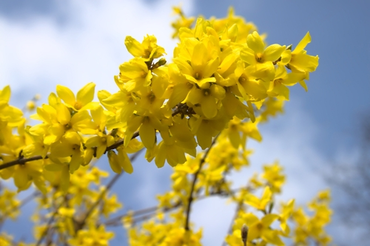
The pleasure of summer often includes strolling across a lush, cool lawn. Nourishing your grass is key to maintaining its health and vigor, allowing it to outgrow weeds and moss, and reducing the need for reseeding or patching bare spots. Fertilizing also aids in recovery from heavy use. This guide explains how and when to fertilize your lawn.
How to fertilise Your Lawn
Even fertiliser distribution is crucial for uniform lawn growth. Using a spreader is the easiest method. Handheld spreaders are ideal for smaller or irregularly shaped lawns, while mechanical spreaders are more efficient for larger, rectangular areas. Always adhere to the manufacturer's instructions regarding application rates, as over-fertilizing can damage the grass. Since most fertilizers require watering in, apply them before expected rainfall or water the lawn thoroughly with a hose or sprinkler immediately afterward.
The right time to fertilise your lawn
Lawn fertilisation should begin in spring when the soil temperature reaches approximately 12°C (55°F) and grass growth resumes. Spring fertilizers are rich in nitrogen to encourage leaf development and a vibrant green color. Spring is also an ideal time for moss killer application. If weed control is necessary, wait until late spring when weeds are actively growing.
A quick-release summer fertiliser applied around July will provide a boost and maintain a healthy green appearance. Scarifying isn't required before summer fertilisation, but watering afterward is essential if rain isn't expected.
Finally, apply an autumn fertiliser in September or October. Unlike spring and summer feeds, which contain high nitrogen levels that can make new growth vulnerable to winter damage, autumn feeds are high in potassium. Potassium strengthens the grass, making it more resilient to cold temperatures.
4 steps to fertilise your lawn
Follow these four steps for a healthy lawn:
- Scarify: Remove thatch (dead grass buildup) by raking vigorously with a spring-tine rake or using a mechanical scarifier. Thatch can prevent water and fertiliser from reaching the grass roots.
- Aerate: Improve soil aeration by using a hollow-tine aerator or garden fork to create holes at regular intervals. This allows essential oxygen, water, and fertiliser to reach the roots, promoting healthy growth.
- Mow: Cut the grass a couple of days before applying the fertiliser.
- Fertilise and Water: Apply the fertiliser evenly using a spreader. If rain isn't expected, water the lawn thoroughly after application.
Find everything you need for a beautiful lawn at Carpenters Nursery. Our friendly staff are always on hand to offer expert advice. Visit us today!
Here are more tips on how to keep your lawn green in summer.




